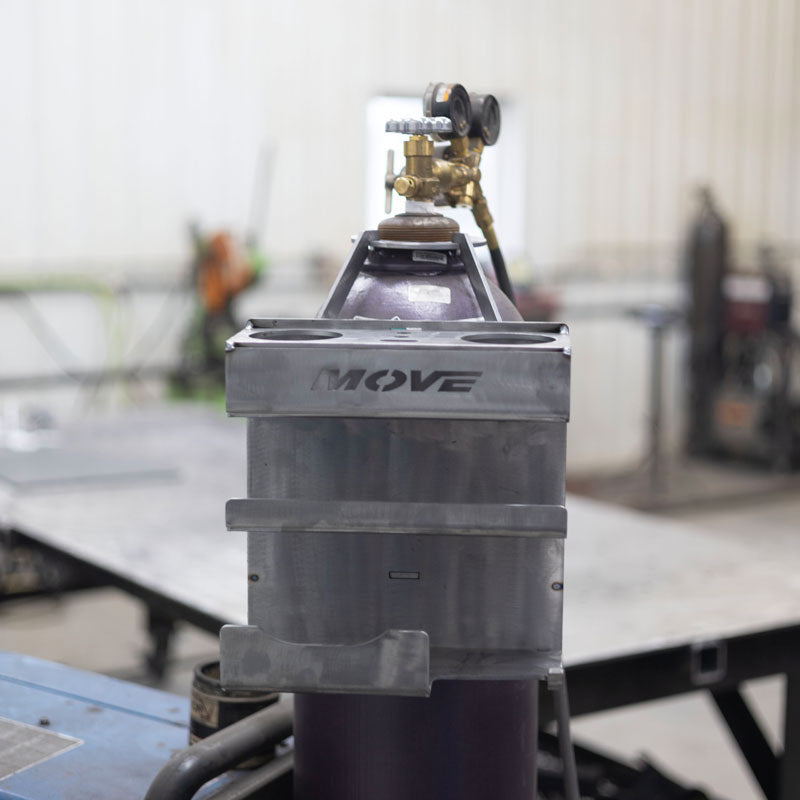Comprehensive Tank Welding Assessment for Industrial Safety and Regulatory Conformity
Making sure industrial safety and security and regulative compliance within the world of container welding evaluations is a crucial aspect of maintaining operational stability and mitigating potential dangers. The thorough assessment of weld high quality, product thickness, and total storage tank condition is critical in safeguarding against structural failings and ecological risks. By delving into the intricacies of extensive storage tank welding inspections, a much deeper understanding arises of the multifaceted techniques used to promote sector requirements and maintain security methods.
Value of Tank Welding Examinations
Performing regular and thorough storage tank welding inspections is crucial in making sure the structural stability, security criteria, and governing compliance of industrial storage tanks. These examinations play an essential function in determining any type of prospective problems or weaknesses in the bonded joints that can compromise the overall stability of the tank. By discovering these problems at an early stage, firms can take positive procedures to resolve them without delay, thereby avoiding expensive repair work, environmental contamination, or, in the worst-case situation, catastrophic failings.
Routine tank welding inspections likewise help organizations abide by industry guidelines and requirements stated by authorities such as the American Petroleum Institute (API) or Occupational Security and Wellness Administration (OSHA) Failing to meet these needs can lead to fines, legal consequences, and even the suspension of operations. Tank Welding Inspection Service. For that reason, buying extensive tank welding evaluations not just safeguards the wellness of workers and the surrounding atmosphere however also protects the firm's online reputation and lower line in the long run
Trick Elements of Weld Quality Assessment
Ensuring the quality of welds includes a careful analysis of vital elements that add to the structural stability and integrity of commercial containers. One crucial aspect of weld high quality evaluation is the examination of weld infiltration. By adequately assessing these essential components, inspectors can help assure that bonded joints satisfy the necessary requirements for safety and regulative compliance in commercial tank construction.
Material Density Examination Methods
Precise dimension of product density is essential in guaranteeing the structural stability and safety and security of bonded storage tanks. Various non-destructive testing (NDT) techniques are used for examining material density, including ultrasonic testing, radiographic testing, and magnetic fragment examination. These methods not only help in reviewing the density of products but likewise click reference aid in determining any kind of possible issues or discontinuities that could jeopardize the weld top quality and total integrity of the tank framework.
Storage Tank Problem Examination Techniques
A necessary facet in preserving the honesty and security of bonded tanks is the comprehensive exam of container conditions through reliable assessment techniques. Storage tank problem assessment methods play an essential role in ensuring the architectural strength and operational performance of commercial storage tanks. Normal assessments using these approaches are necessary for protecting additional info against disastrous failures and making sure the long-term reliability of welded storage tanks.
Advantages of Normal Evaluation Practices
Normal assessment techniques not only safeguard versus prospective problems identified during container condition exam approaches yet likewise serve as positive steps in supporting the structural integrity and functional performance of bonded tanks. By performing normal examinations, commercial centers Home Page can recognize any signs of deterioration, cracks, leaks, or other flaws in the storage tank welds promptly. This early discovery allows timely fixings or upkeep treatments, avoiding little problems from intensifying into bigger, much more pricey troubles that can jeopardize safety and security or lead to governing non-compliance.

Conclusion

Finally, detailed tank welding assessments are crucial for ensuring industrial security and regulatory compliance. By carrying out routine examinations and assessments of weld top quality, product thickness, and storage tank problem, organizations can determine possible risks and protect against pricey mishaps. Executing a proactive approach to evaluation techniques can assist maintain the structural integrity of tanks, protect the environment, and make certain the safety of workers and the surrounding neighborhood.
